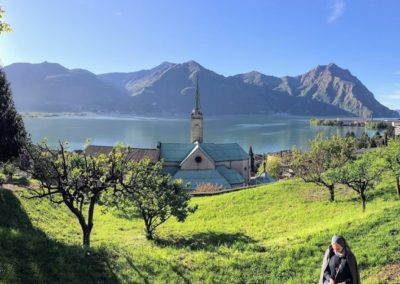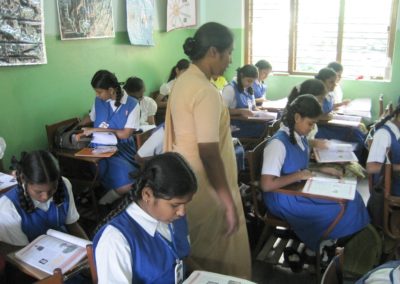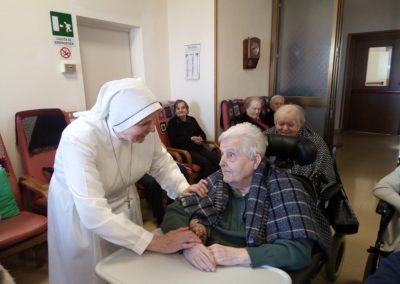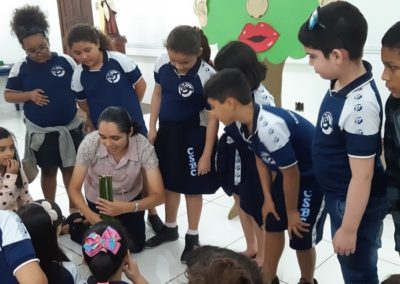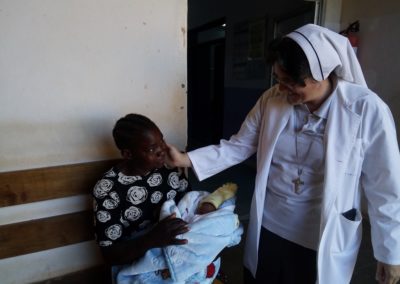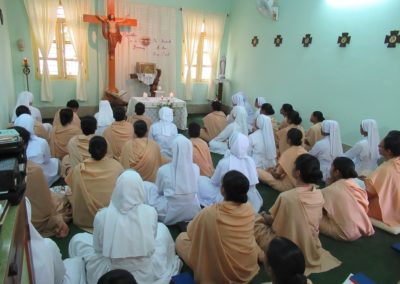How the Institute was founded
Our way of life was gradually thought out by Bartolomea Capitanio, a young girl from Lovere (BG), while she prayed and especially during Holy Communion; it took concrete shape in her days of apostolic work as an apostle of charity: in her own family and parish, in School and Hospital, and in other life-situations of her town wherever needs arose; such needs abounded in the early decades of the nineteenth century that held the span of her short life (1807-1833).
Just when she grew enamoured of “that blessed charity, so much practised by Jesus in the course of his life, it became ever more clear to her that God was calling her to found an Institute dedicated to works of mercy.
During a time of intense inner light, she traced out its salient lines and its aims, spelling them out in a text – the Foundation Document – which ended with a prayerful wish for herself and her future sisters: May our most lovable Redeemer make us his true followers”.
In fact, she had delineated in it an institute “totally founded on charity”, after the examples left us by our most lovable Redeemer”, to cater for the youth, to look after the sick and to be active members incorporated in the life of the local Church.
The Institute came into existence at Lovere on 21 November 1832 in a house which the people of Lovere called “Conventino” (small convent), and which for her was “the beloved house of charity”, a “sweet hope” in times of “great need”.

